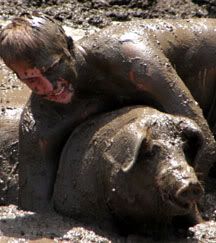I will help you with what I said.
Two different stroke lines can produce a draw effect and sometimes other effects. Those other effects are a jump, side roll or a combination of the draw with jump or the draw with side roll.
Specifically that the CB "magic" is caused by the stroke because at the beginning contact to the end of contact a force is being applied to the cue ball by the cue stick.
Knowing how to navigate the CB with all the effects of physics opens the range of positional play for people familiar with the concept, some people already know some may not. I post to see who knows, is familiar with or isn't familiar with it.
Essential to developing an idea is predicting when it happens that is what BCEC (beginning contact and ending contact) is it is a cause with a result. The result being the CB motion of side-draw, side-roll and jump-draw. Unique to my idea is that BCEC is the determining factor in creating side-draw, side-roll and jump-draw.
I am not able to say how to enhance your game, I am not familiar with your limitations or how to expand them.
I am discussing the cause for the effects of CB side-draw, side-roll and jump-draw. Direct your inquiries about improving your game to the "Ask An Instructor" section of the forum.
I am struggling to understand your point in those first few paragraphs. They contain a degree of waffle.
Perhaps you could try to focus on one or two aspects of your idea and concentrate on explaining them in detail. The main area I would appreciate you expanding on is BCEC.
How does the player identify the beginning and ending contacts and how should their stroke vary between the two to produce the desired side draw, side roll and jump draw effects?
Elliot <--- sincerely
